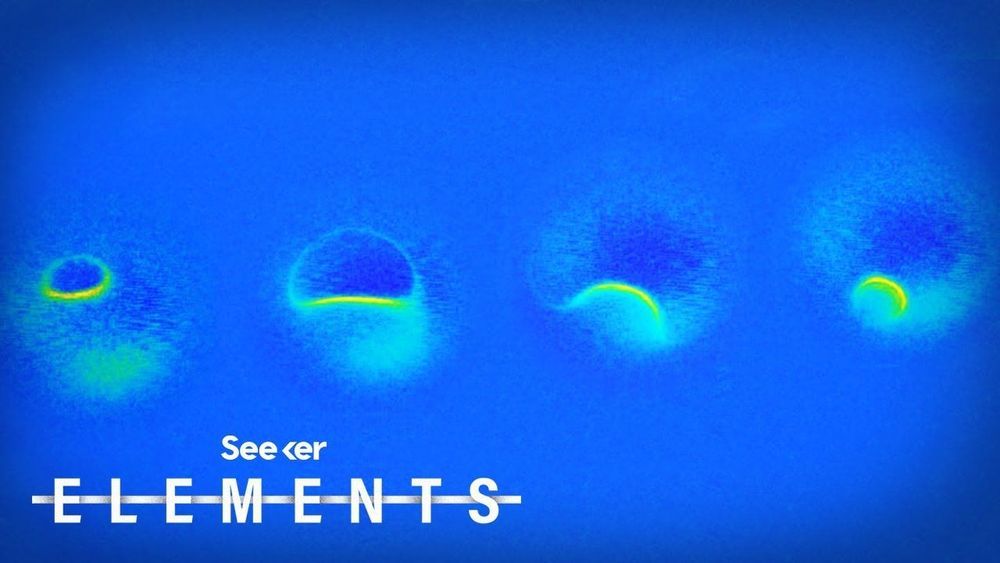Aug 25, 2019
Researchers Demonstrate The World’s First Quantum Radar
Posted by Quinn Sena in categories: computing, encryption, quantum physics
Yes, we know that sometimes it feels like they just tack the word quantum on new technology and call it a day like we are all living in the Marvel Cinematic Universe. Nevertheless, quantum technology is very real and is just as exciting. Our better understanding of the quantum world and handle on the principals will help us improve everything from computing to encryption.





 Last year, Pentagon mad science arm DARPA was working on one of its wildest projects yet: a microchip-sized nuclear reactor. The program is now officially done, the agency says. But these sorts of far-out projects have a habit of being reemerging under new managers and new names.
Last year, Pentagon mad science arm DARPA was working on one of its wildest projects yet: a microchip-sized nuclear reactor. The program is now officially done, the agency says. But these sorts of far-out projects have a habit of being reemerging under new managers and new names.












